Image of 1957 Studebaker Commander, Note: These illustrations use artistic license and may differ from actual historical models.
Performance Metrics
Fundamental Metrics
Emotional Appeal
MMP Rating
| Engine Specifications | |
|---|---|
| Engine: | Studebaker 259 V8 |
| Displacement: | 259 cu in (4.2 L) |
| Horsepower: | 180 hp |
| Torque: | 258 lb-ft |
| Compression Ratio: | 8.3:1 |
| Ignition System: | Distributor and coil |
| Cooling System: | Liquid-cooled |
| Performance Specifications | |
| 0-60 Time: | 12 seconds |
| 1/4 Mile Time: | 18 seconds |
| Top Speed: | 100 mph |
| Transmission and Drive | |
| Drive Type: | Rear-wheel drive |
| Transmission Type: | 3-speed manual, 3-speed automatic |
| Fuel and Efficiency | |
| Fuel System Type: | Carburetor |
| MPG: | 15-20 mpg |
| Dimensions and Brakes | |
| Brakes: | Drum brakes |
| Wheelbase: | 116.5 in (2,959 mm) |
| Weight: | 3,200 lbs |
Note: Specifications for classic cars are given to the best of our ability, considering the limited and variant data available.
1957 Studebaker Commander: A Testament to Innovation and Style
The year 1957 brought forth a vehicle that would capture the hearts of automotive enthusiasts and collectors alike—the Studebaker Commander. This classic car, emanating from the historic Studebaker Corporation, was more than just a mode of transportation; it was a symbol of post-war American optimism and the forward-thinking design that characterized the era. The Commander stood out with its unique blend of performance and style, leaving an indelible mark on the automotive landscape.
Design and Innovation
Upon first glance, the 1957 Studebaker Commander exuded a sense of motion even at a standstill. Its exterior styling featured sleek lines, modest tail fins, and a distinctive front grille that set it apart from its contemporaries. The vehicle's interior was equally impressive, boasting high-quality materials and attention to detail. The dashboard's layout was intuitive and user-friendly, reflecting Studebaker's commitment to driver comfort and convenience.
Technologically, the Commander was ahead of its time with features such as power steering and brakes—luxuries not commonly found in all cars of that period. Color options ranged from subtle to vibrant, with choices like Tiara Gold and Apache Red being popular among buyers. The most iconic body style was arguably the two-door coupe, which perfectly encapsulated the vehicle's sporty yet elegant essence.
Historical Significance
The 1957 Studebaker Commander made a lasting impression on automotive design with its modern aesthetics and engineering advancements. It challenged conventional design norms and paved the way for future innovations in the industry. The Commander's influence can be seen in subsequent models from various manufacturers who adopted similar styling cues and technological features.
Performance and Handling
Under the hood, the Commander boasted a robust V8 engine that delivered commendable performance for its time. With a top speed that could reach over 100 mph and an acceleration from 0-60 mph in around 10 seconds, it offered an exhilarating driving experience. On winding roads or when encountering bumps, the car maintained composure, thanks to its well-tuned suspension system. Drivers often praised the visceral sound of the engine—a reminder of the raw power at their disposal.
Ownership Experience
The 1957 Studebaker Commander served various roles—from a reliable daily driver to a cherished show car or even a competitive racer. Its maintenance requirements were typical for vehicles of its age, with parts availability being reasonable due to a dedicated community of enthusiasts. While some components might be harder to source today, many owners find joy in the hands-on experience of preserving this piece of automotive history.
Fun Facts
Among its many accolades, the Studebaker Commander had its share of celebrity admirers and appearances in significant historical events. While not known for breaking speed records, it did achieve considerable success in sales during its heyday. Criticisms were few but typically centered around Studebaker's financial struggles during that period, which affected consumer confidence.
Collector's Information
Today, the 1957 Studebaker Commander is a prized possession for collectors. While production numbers were not as low as some other classics—adding to its relative accessibility—the exact number remaining is uncertain. Values for these vehicles can vary widely based on condition, originality, and history but generally range between $10,000 to $50,000 or more for pristine examples. The market trend shows appreciation for well-maintained Commanders as they become rarer over time.
Conclusion
The 1957 Studebaker Commander remains an iconic classic car that embodies a bygone era's spirit and innovation. Its enduring appeal lies in its unique design, advanced features for its time, and solid performance credentials. For those lucky enough to own one or simply admire them at car shows, the Commander continues to be a symbol of America's rich automotive heritage.
1957 Studebaker Commander Catalog of Parts
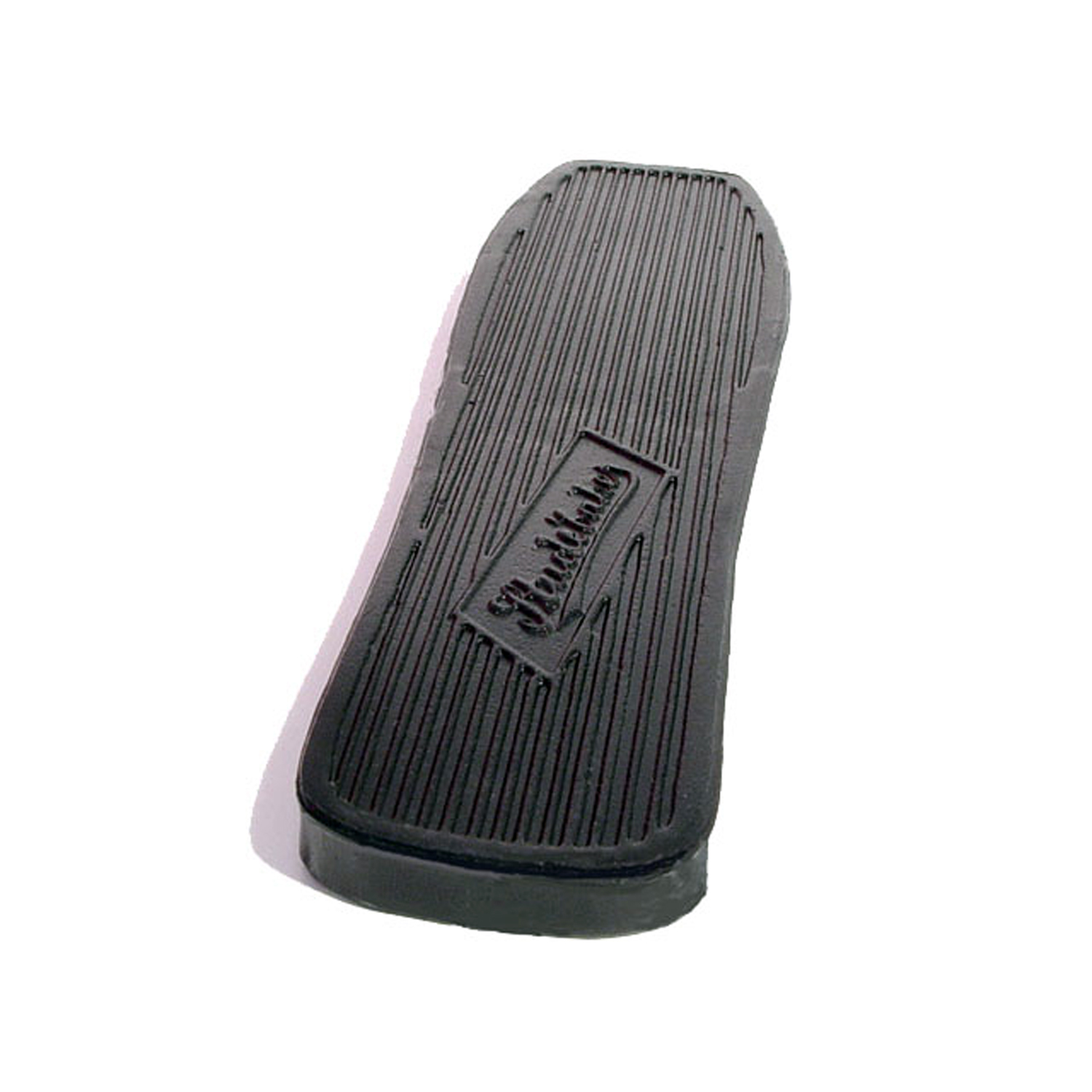 1957 Studebaker Commander Accelerator Pedal Pad, 2-3/8" X 9", Each-AP 22Accelerator Pedal Pad, 2-3/8" X 9", Each
1957 Studebaker Commander Accelerator Pedal Pad, 2-3/8" X 9", Each-AP 22Accelerator Pedal Pad, 2-3/8" X 9", Each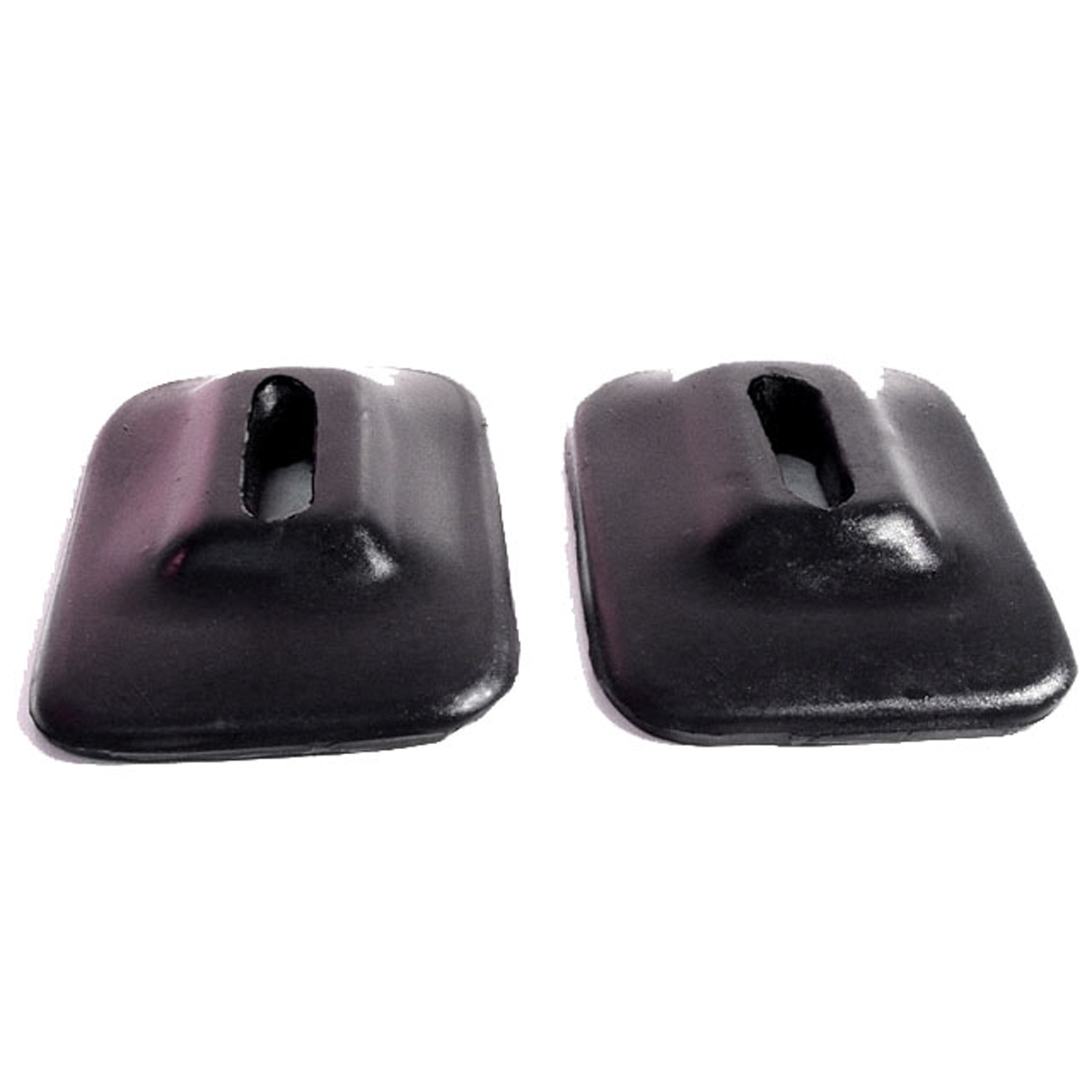 1957 Studebaker Commander Front and Rear Bumper Arm Grommets-BG 45Front and Rear Bumper Arm Grommets. 2-3/4" wide X 4-1/8" long, with 1-5/8" long inner slot. Pair
1957 Studebaker Commander Front and Rear Bumper Arm Grommets-BG 45Front and Rear Bumper Arm Grommets. 2-3/4" wide X 4-1/8" long, with 1-5/8" long inner slot. Pair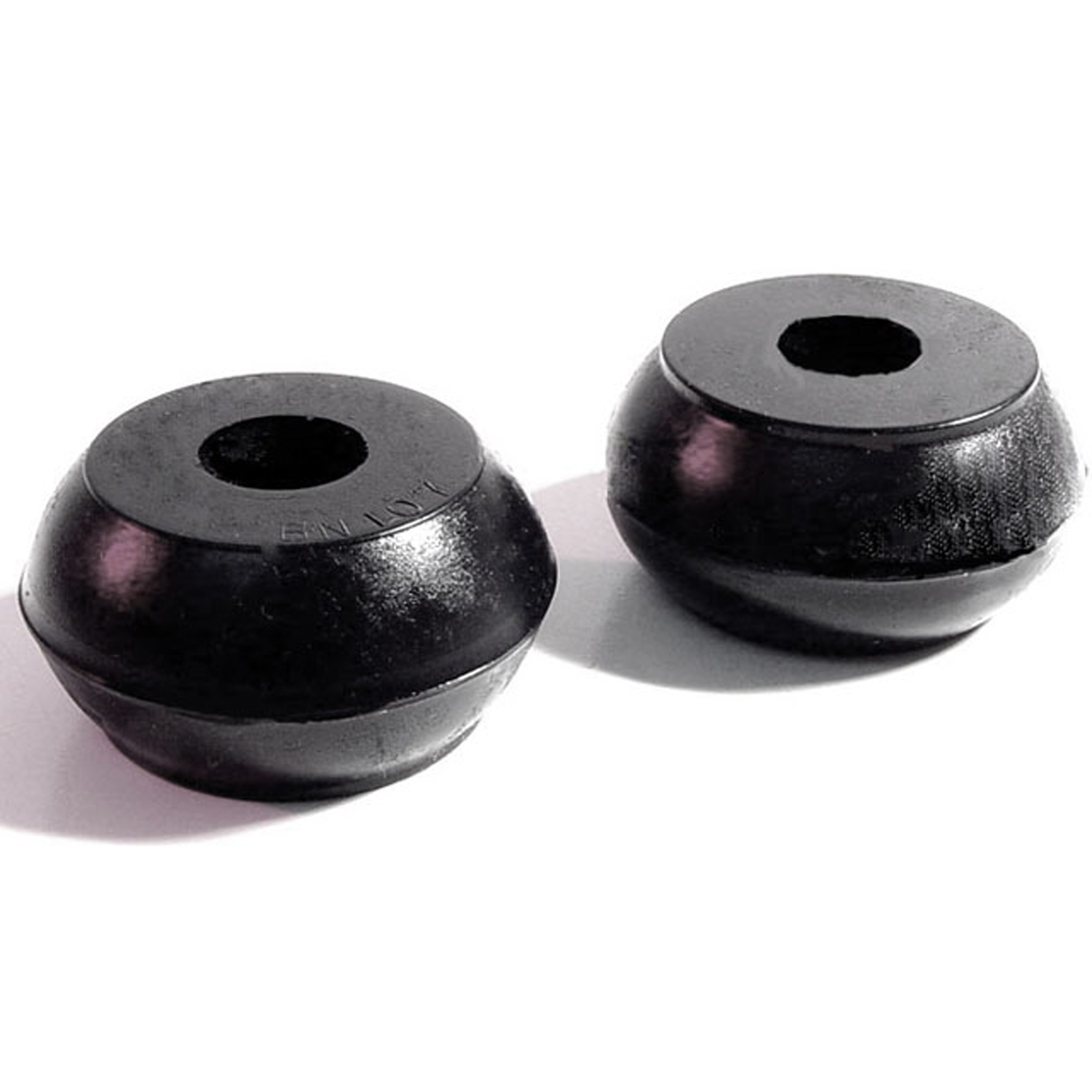 1957 Studebaker Commander Power Steering Bushing. 1-9/16" O.D., 7/16" I.D. Pair-BN 107Power Steering Bushing. 1-9/16" O.D., 7/16" I.D. Pair
1957 Studebaker Commander Power Steering Bushing. 1-9/16" O.D., 7/16" I.D. Pair-BN 107Power Steering Bushing. 1-9/16" O.D., 7/16" I.D. Pair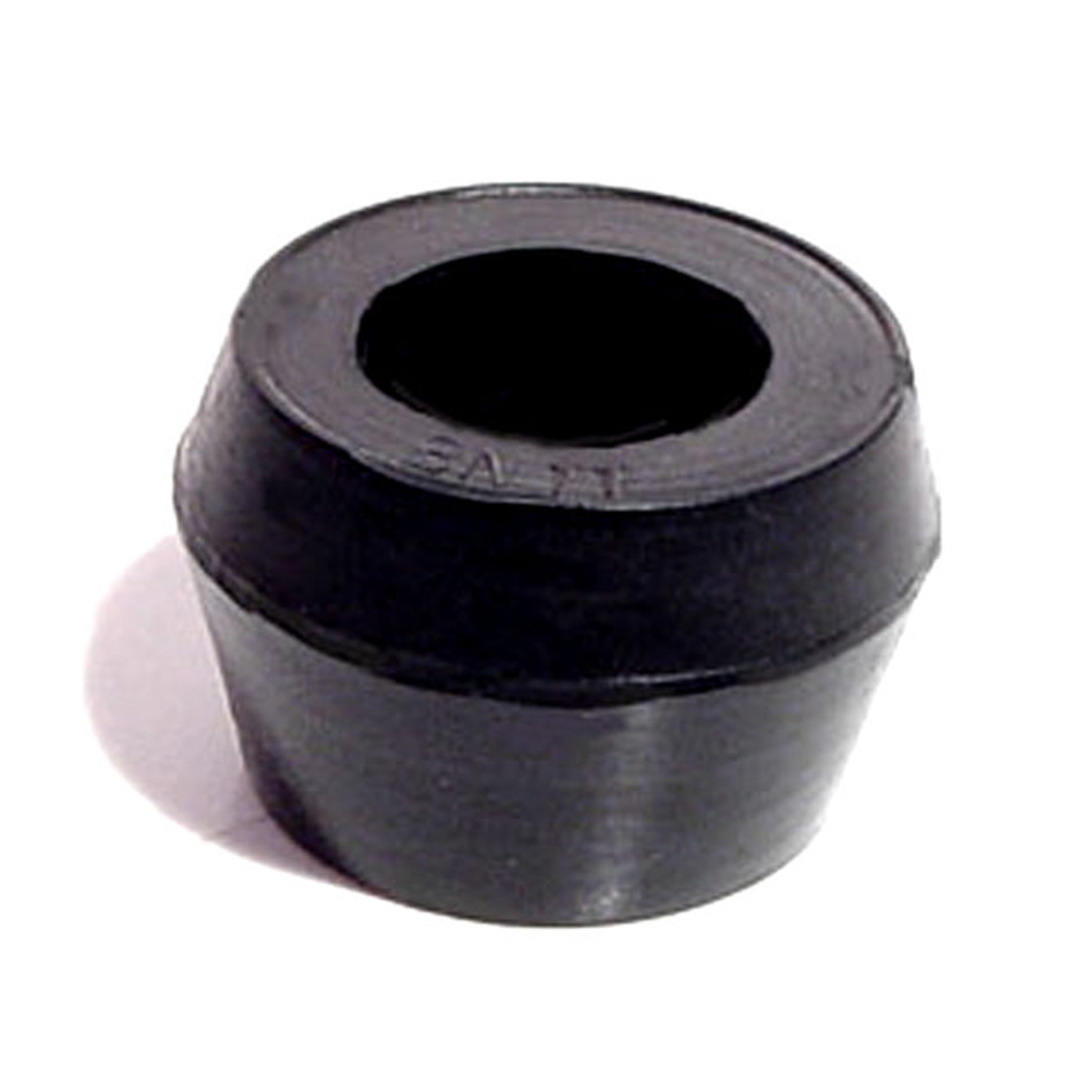 1957 Studebaker Commander Shock Absorber Grommet. 1" bottom O.D-BN 11Shock Absorber Grommet. 1" bottom O.D., 3/4" high, with 5/8" I.D. Each
1957 Studebaker Commander Shock Absorber Grommet. 1" bottom O.D-BN 11Shock Absorber Grommet. 1" bottom O.D., 3/4" high, with 5/8" I.D. Each 1957 Studebaker Commander Shock Absorber Grommet. 1" bottom O.D., 5/8" high-BN 13Shock Absorber Grommet. 1" bottom O.D., 5/8" high., with 3/8" I.D. Each
1957 Studebaker Commander Shock Absorber Grommet. 1" bottom O.D., 5/8" high-BN 13Shock Absorber Grommet. 1" bottom O.D., 5/8" high., with 3/8" I.D. Each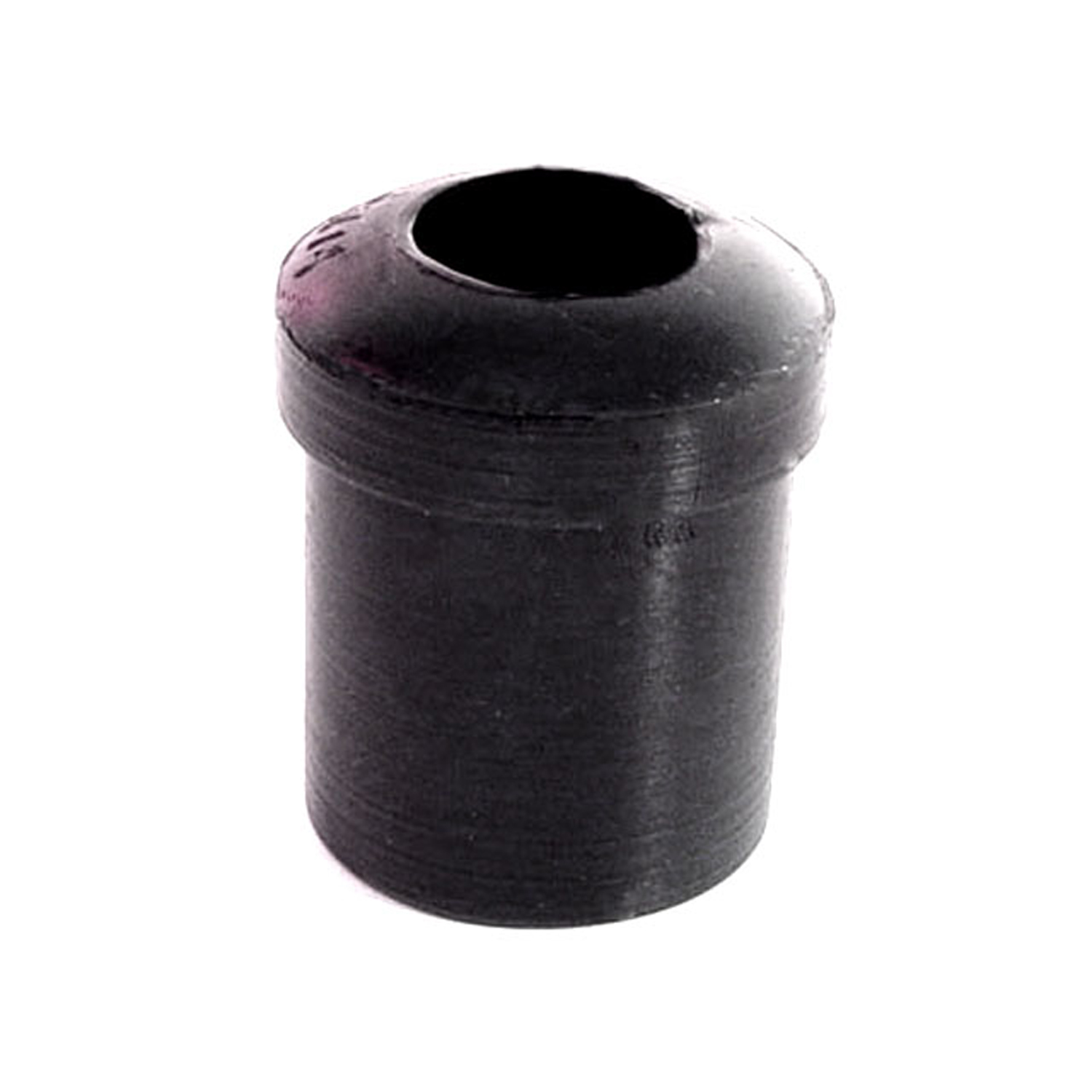 1957 Studebaker Commander Spring and Shackle Bushing. 1-1/16" bottom O.D-BN 14Spring and Shackle Bushing. 1-1/16" bottom O.D. X 1-1/2" high, with 5/8" I.D. Each
1957 Studebaker Commander Spring and Shackle Bushing. 1-1/16" bottom O.D-BN 14Spring and Shackle Bushing. 1-1/16" bottom O.D. X 1-1/2" high, with 5/8" I.D. Each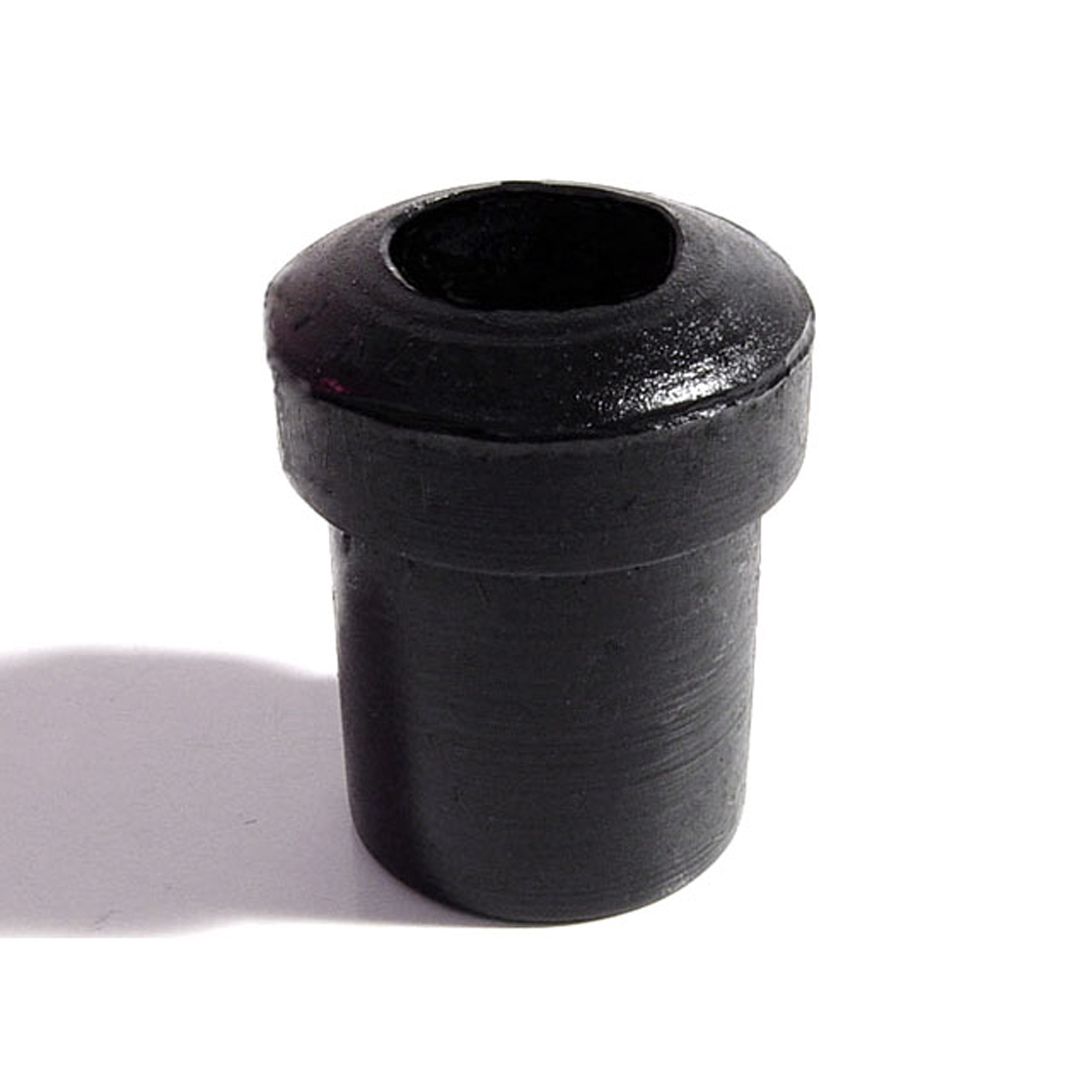 1957 Studebaker Commander Spring and Shackle Bushing. 7/8" bottom O.D-BN 16Spring and Shackle Bushing. 7/8" bottom O.D. X 1-1/8" high, with 1/2" I.D. Each
1957 Studebaker Commander Spring and Shackle Bushing. 7/8" bottom O.D-BN 16Spring and Shackle Bushing. 7/8" bottom O.D. X 1-1/8" high, with 1/2" I.D. Each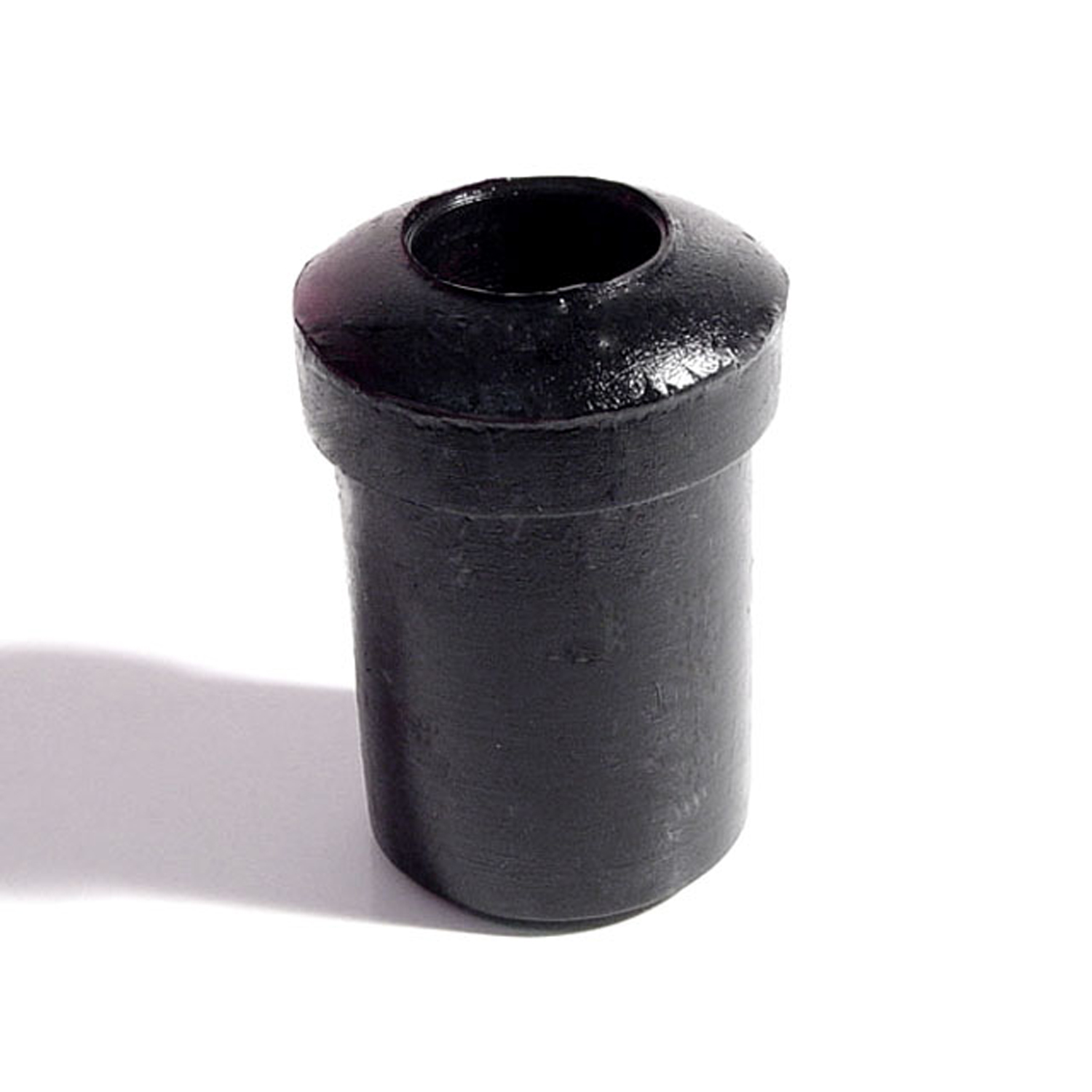 1957 Studebaker Commander Spring and Shackle Bushing. 1" bottom O.D-BN 20Spring and Shackle Bushing. 1" bottom O.D. X 1-5/8" high, with 9/16" I.D. Each
1957 Studebaker Commander Spring and Shackle Bushing. 1" bottom O.D-BN 20Spring and Shackle Bushing. 1" bottom O.D. X 1-5/8" high, with 9/16" I.D. Each 1957 Studebaker Commander Gas Filler Grommet. Perfect reproduction. Top 2-1/16" I.D-GF 45Gas Filler Grommet. Perfect reproduction. Top 2-1/16" I.D., 3-7/16" O.D. Each
1957 Studebaker Commander Gas Filler Grommet. Perfect reproduction. Top 2-1/16" I.D-GF 45Gas Filler Grommet. Perfect reproduction. Top 2-1/16" I.D., 3-7/16" O.D. Each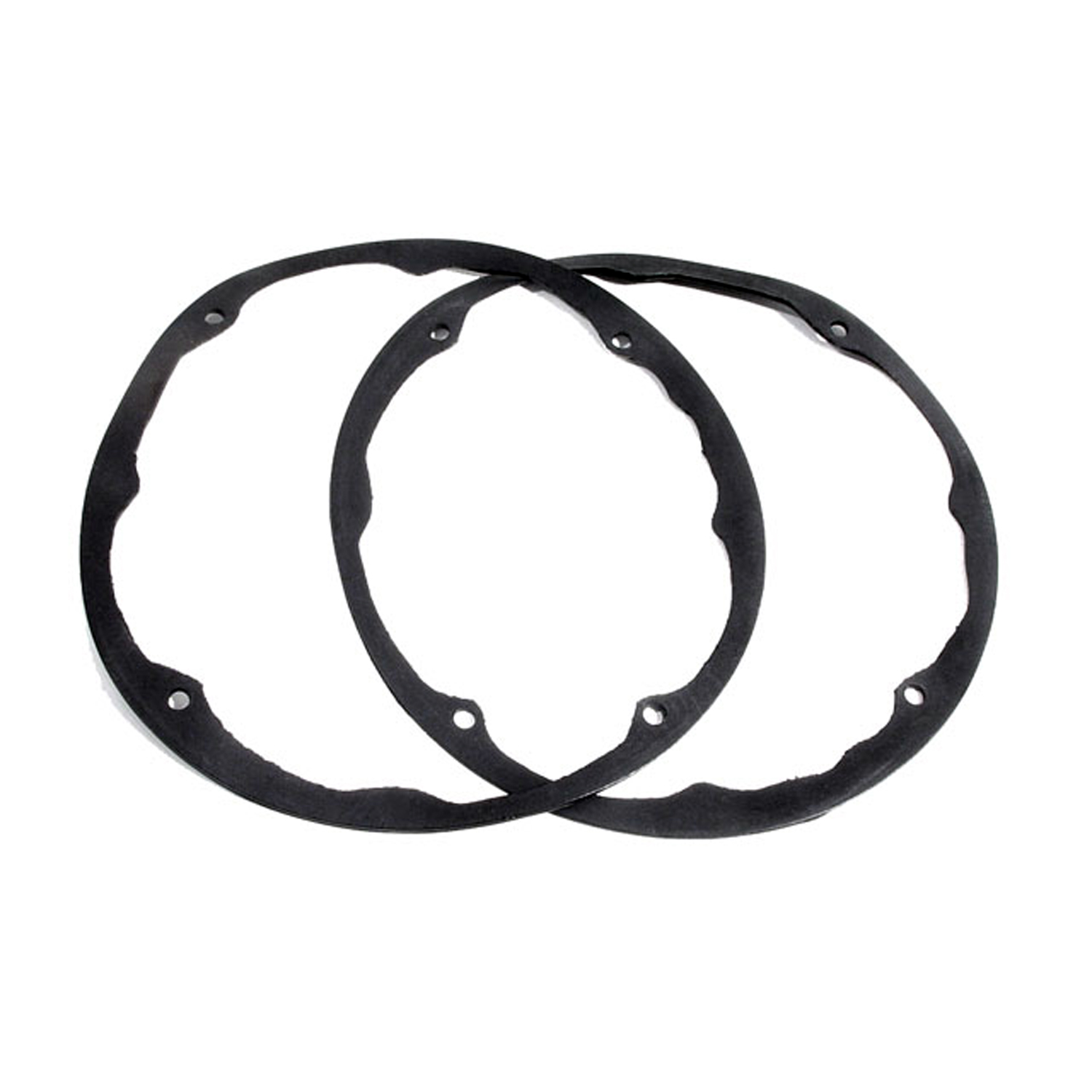 1957 Studebaker Commander Headlight Ring Seal. 8-5/8" O.D., 7-7/8" I.D. Pair-HR 16Headlight Ring Seal. 8-5/8" O.D., 7-7/8" I.D. Pair
1957 Studebaker Commander Headlight Ring Seal. 8-5/8" O.D., 7-7/8" I.D. Pair-HR 16Headlight Ring Seal. 8-5/8" O.D., 7-7/8" I.D. Pair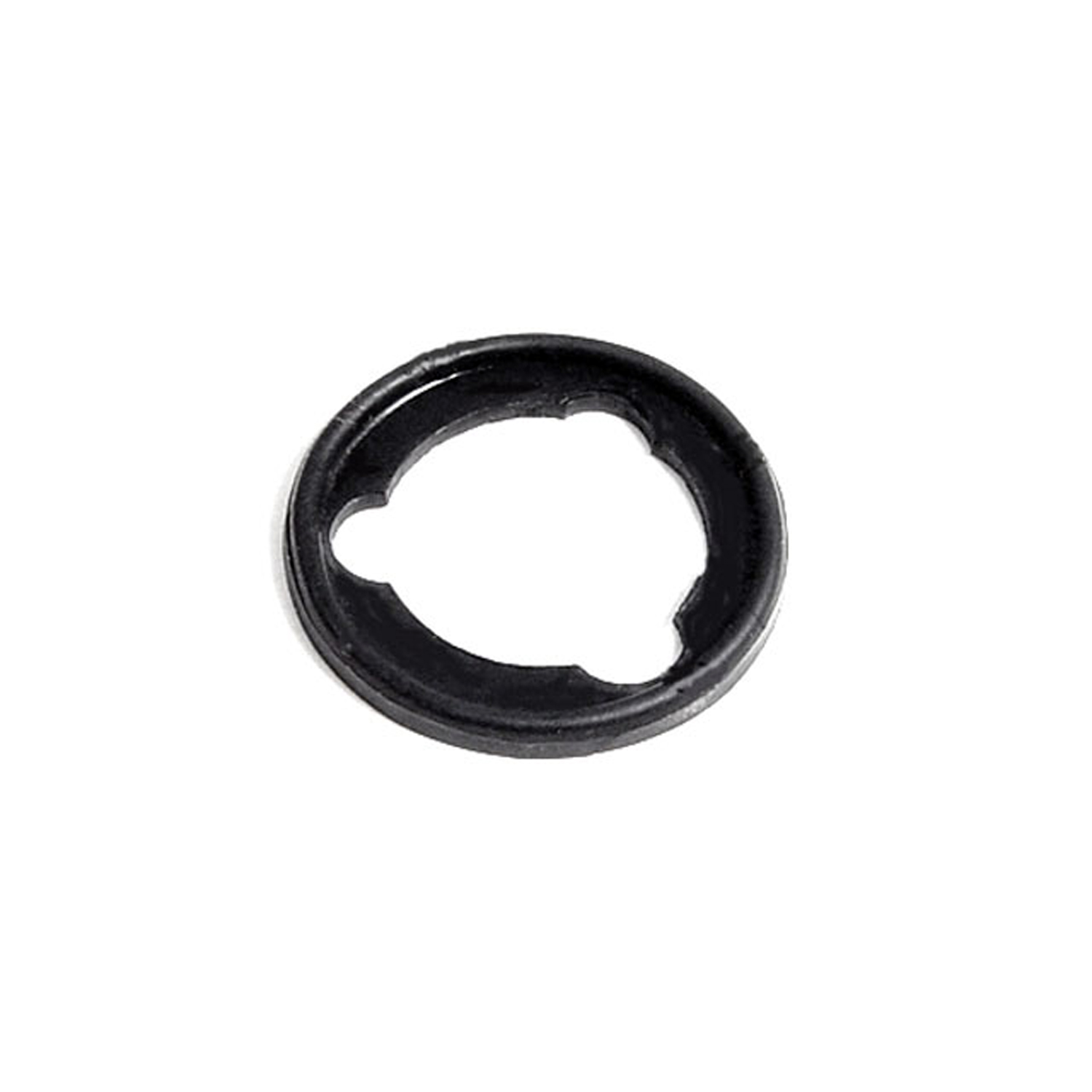 1957 Studebaker Commander Door Lock Pad. 1-1/8" O.D. Each-MP 979Door Lock Pad. 1-1/8" O.D. Each
1957 Studebaker Commander Door Lock Pad. 1-1/8" O.D. Each-MP 979Door Lock Pad. 1-1/8" O.D. Each 1957 Studebaker Commander Rubber Seal Behind Fender on Headlights-MP 979-CRubber Seal Behind Fender on Headlights. 8-7/8" wide X 10" long. Pair
1957 Studebaker Commander Rubber Seal Behind Fender on Headlights-MP 979-CRubber Seal Behind Fender on Headlights. 8-7/8" wide X 10" long. Pair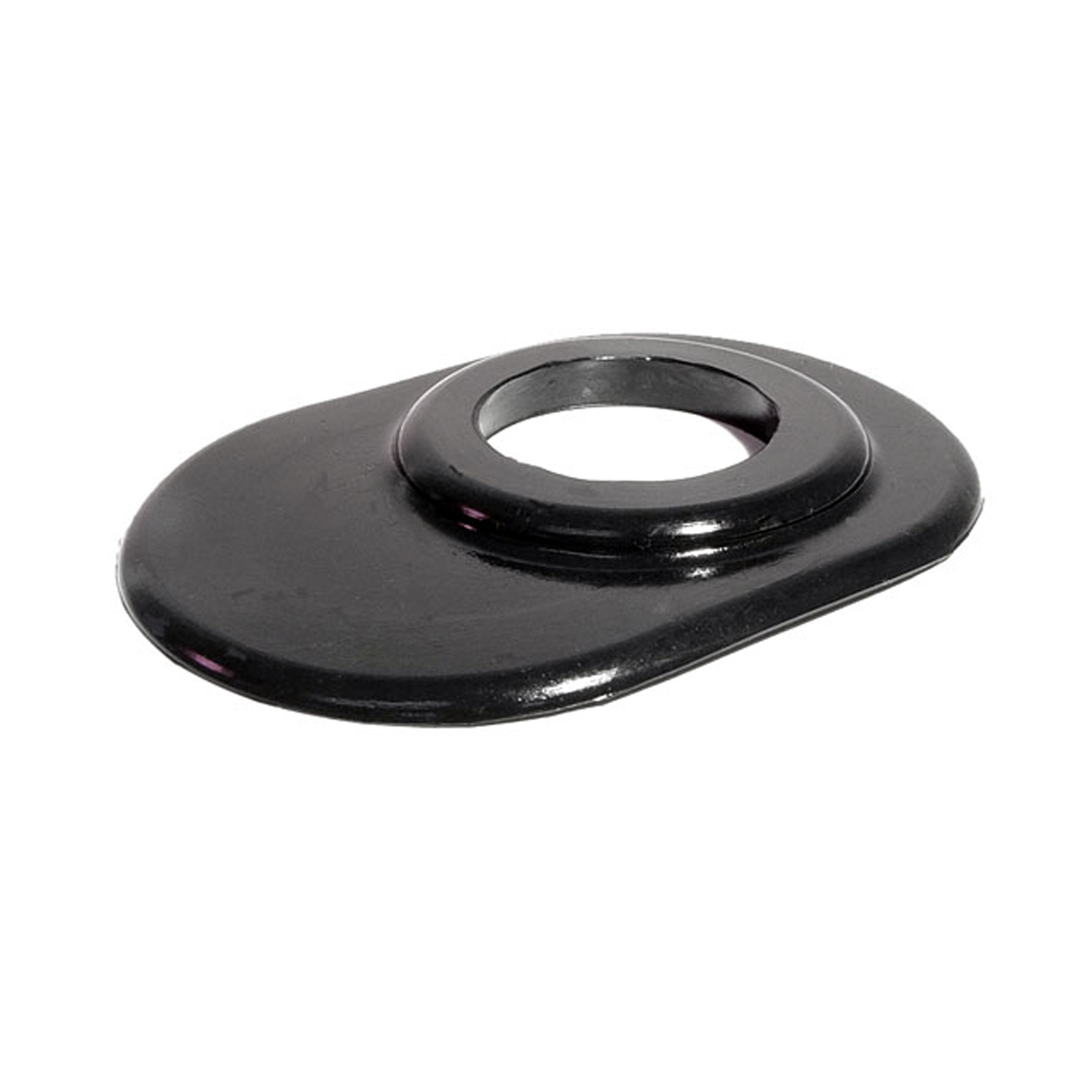 1957 Studebaker Commander Steering Column Grommet. For 3-speed models. Each-SC 24-ASteering Column Grommet. For 3-speed models. Each
1957 Studebaker Commander Steering Column Grommet. For 3-speed models. Each-SC 24-ASteering Column Grommet. For 3-speed models. Each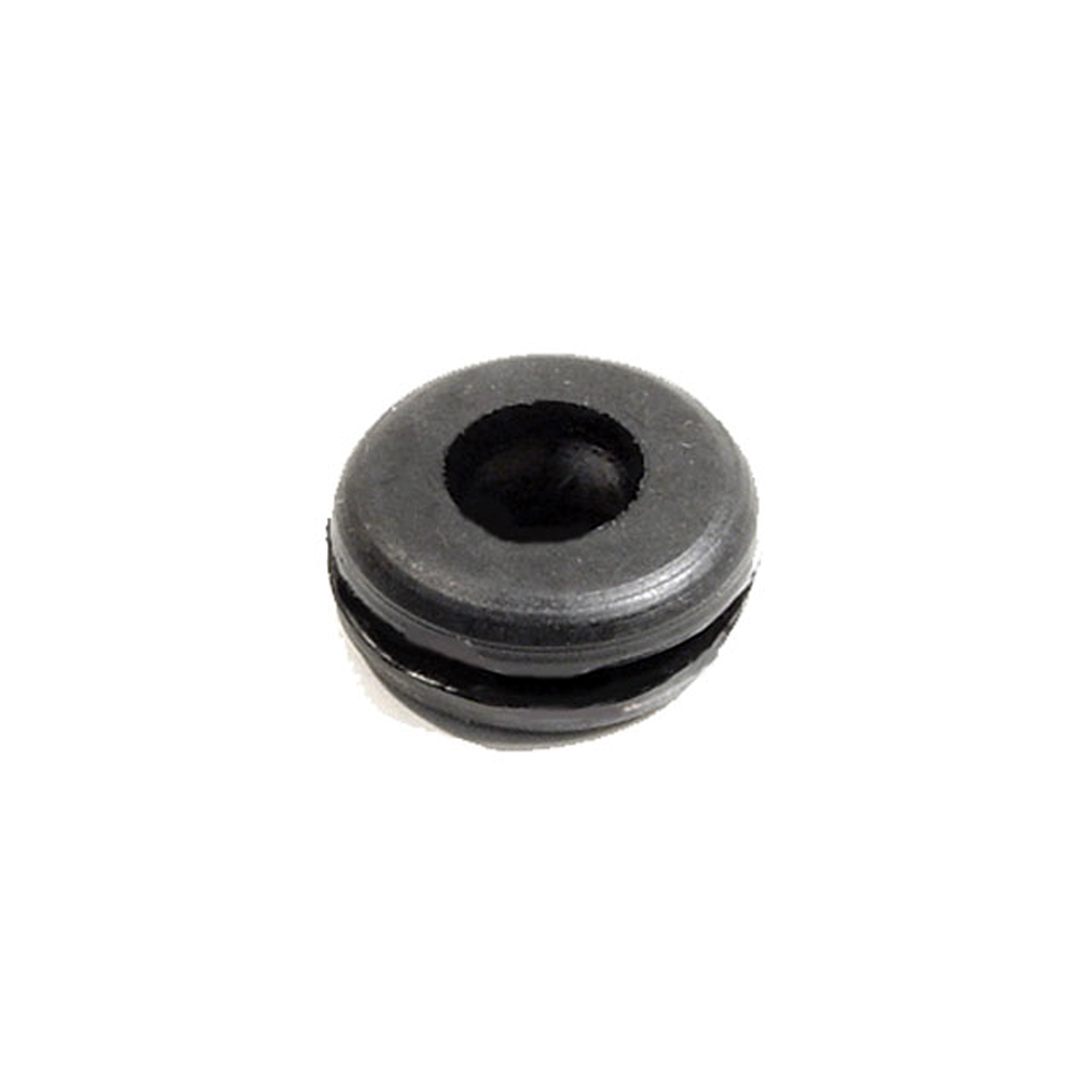 1957 Studebaker Commander Headlight & Tail-Light Wire Grommet. 3/8" I.D., 7/8" O.D-SM 13-AHeadlight & Tail-Light Wire Grommet. 3/8" I.D., 7/8" O.D. Each
1957 Studebaker Commander Headlight & Tail-Light Wire Grommet. 3/8" I.D., 7/8" O.D-SM 13-AHeadlight & Tail-Light Wire Grommet. 3/8" I.D., 7/8" O.D. Each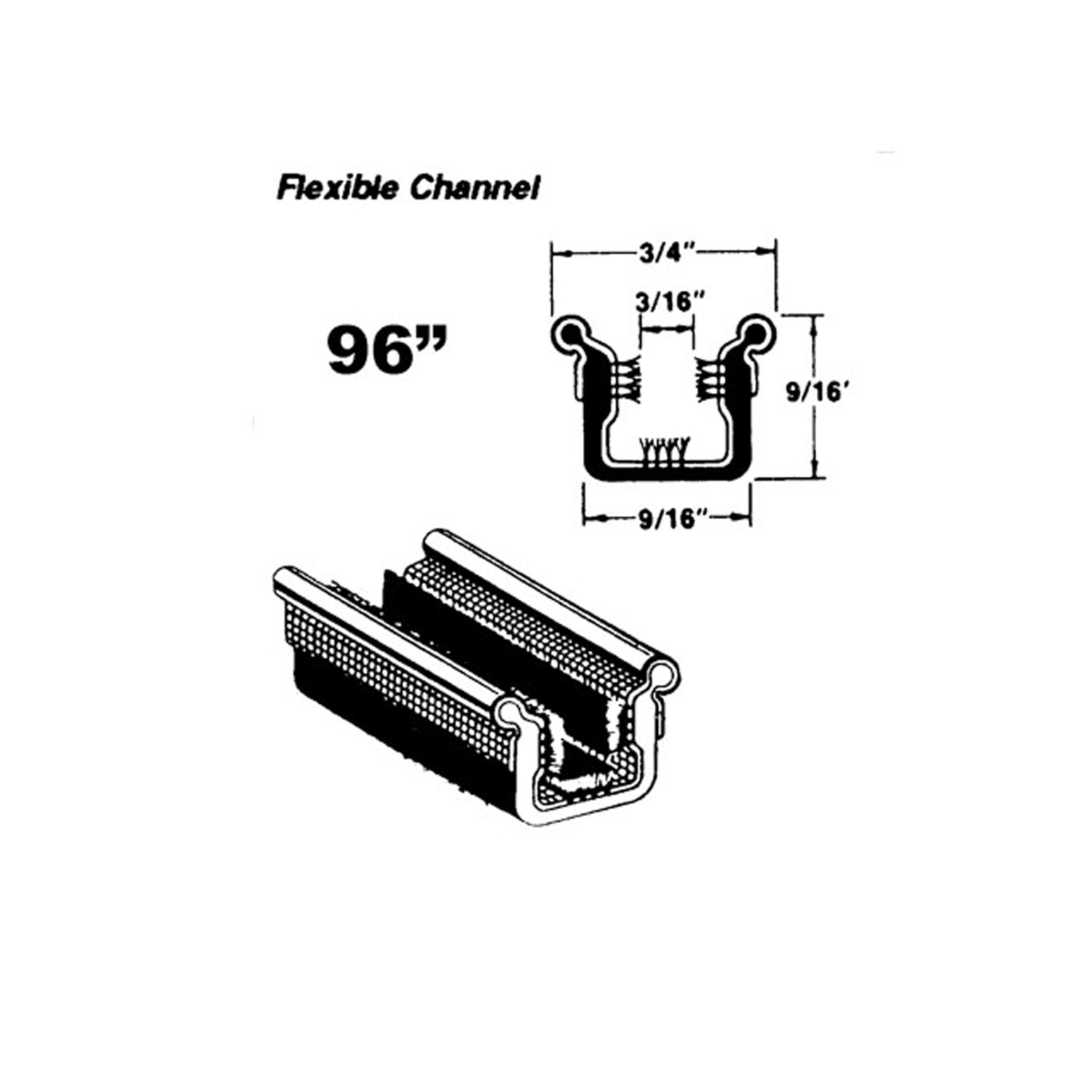 1957 Studebaker Commander Flexible window channel-WC 10-96Flexible window channel. Rubber covered with mohair lining and stainless steel bead. 96 in. long. Each. NOTE: $20 special shipping charge applies for domestic orders. Call or email for overseas shipping costs. Part can be sectioned in two or three equal lengths to reduce overseas shipping costs.
1957 Studebaker Commander Flexible window channel-WC 10-96Flexible window channel. Rubber covered with mohair lining and stainless steel bead. 96 in. long. Each. NOTE: $20 special shipping charge applies for domestic orders. Call or email for overseas shipping costs. Part can be sectioned in two or three equal lengths to reduce overseas shipping costs.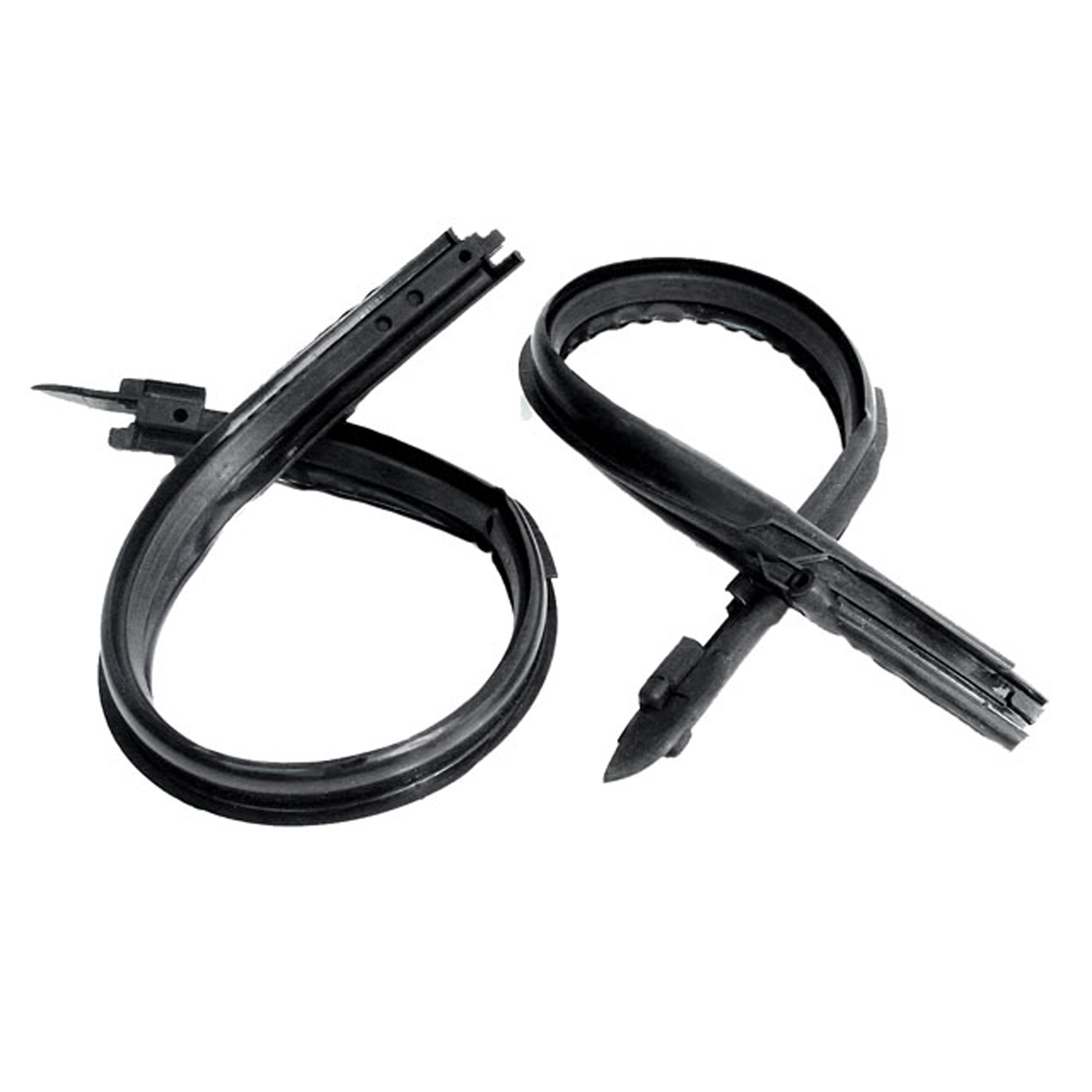 1957 Studebaker Commander Front Vent Window Seals-WR 9404Front Vent Window Seals. Will not fit Hardtops, only Pillar Models. Each piece 29" long. Pair
1957 Studebaker Commander Front Vent Window Seals-WR 9404Front Vent Window Seals. Will not fit Hardtops, only Pillar Models. Each piece 29" long. PairWhy Choose Metro?
For over 100 years, Metro Moulded Parts has been the pinnacle of quality in classic car restoration parts. Our commitment to precision and authenticity in every component ensures a perfect fit and an OEM-level appearance.
- Expert Craftsmanship & Quality: Each part is a testament to our dedication to reliability and perfection, crafted from original designs and thoroughly tested.
- Advanced Technology: We use cutting-edge techniques to create flawless, long-lasting parts that surpass others in performance.
- SuperSoft Sponge – The Ultimate Door Seal: Not only are our door seals 30% softer than competitors', but they're also guaranteed to never leak. They effectively reduce wind and road noise, enhancing your classic car's comfort and driving experience.
- Proudly American: Our parts are a product of American craftsmanship, made in the USA with a spirit of excellence and heritage.
- Unrivaled Warranty: We back our products with a 30-year industry-leading warranty, a testament to our confidence in their quality.
Join us in preserving the legacy of classic cars with parts that are crafted for perfection, not just made.

